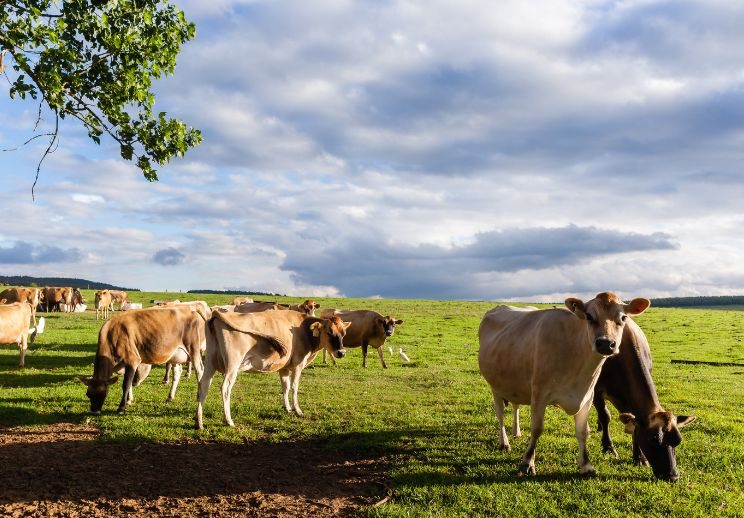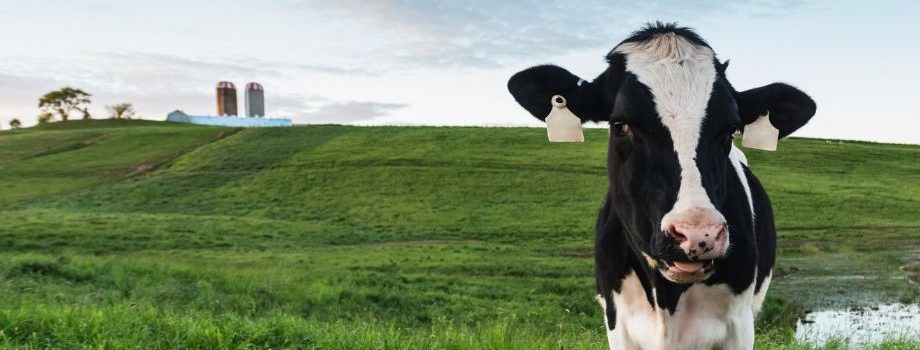-
Project title
Helping Graham’s Family Dairy to achieve net zero
-
Clients
Graham’s Family Dairy
Graham’s Family Dairy (GFD) in Scotland has been in operation for three generations.
In their ambition to reach net zero by 2035, GFD submitted a planning application to install an anaerobic digester facility to produce biomethane. GFD want to create a circular economy by using dairy and agricultural waste from their three sites to generate heat and biomethane to fuel their delivery fleet. The anaerobic digestate will be used as a fertiliser.
Ecus provided a range of ecology, landscape, flood risk and air quality studies to support the planning application. Works undertaken on the project included a Preliminary Ecological Assessment (PEA), a Landscape and Visual Appraisal (LVA), an Air Quality and Odour Assessment, and a Flood Risk Assessment (FRA).

Preliminary Ecological Assessment
The PEA involved undertaking a Phase 1 Habitat survey following a detailed desk study. A PEA Report (PEAR) determined the ecological value of the site as low and assessed the potential impacts of the development upon ecological receptors. Given the low ecological value of the site and the nature of the proposed development, the ecological impacts associated with the proposed development were minimal. Ecological mitigation and enhancement measures were recommended.
The LVA sought to identify and assess any potential effects on the landscape as a result of the proposed development. Further work was undertaken to develop a landscape design strategy to mitigate potential visual effects.
The Air Quality and Odour Assessment determined the odour emissions would be in keeping with similar process activities in agricultural areas and no significant adverse effects would arise as a result of the development.
The Flood Risk Assessment determined the majority of the site had a low risk of flooding, although one area was at a medium risk, which required further consideration at the design stage to remove any development from that area. Proposed flood mitigation in the form of bunds was designed to meet SEPA’s requirements. Additionally, a Sustainable Drainage System (SuDS) will be used to treat any surface water runoff.

